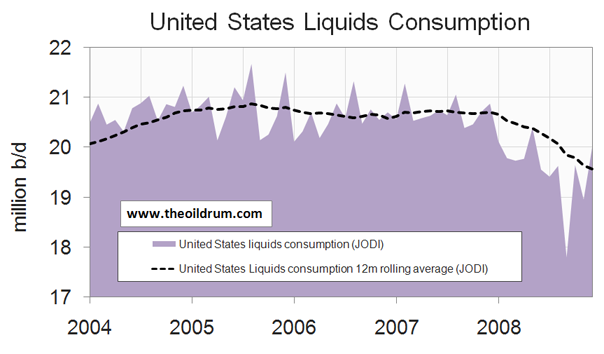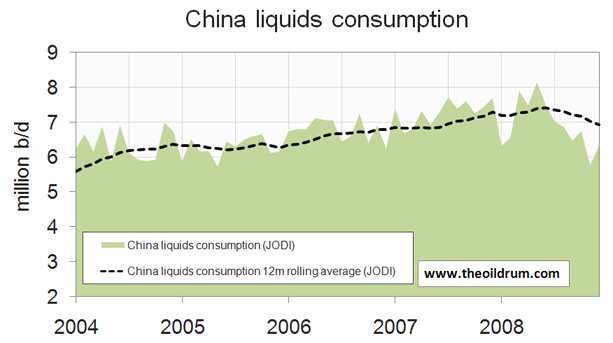Coal is here to stay, but efforts to cut emissions are ambitious, expensive, and have largely stumbled
Coal's problems, however, are getting to be so big and serious that they are not just overshadowing the industry but threatening to render it obsolete. About 80 percent of the electricity sector's carbon dioxide emissions come from burning coal. A price on CO2 pollution, which Congress might impose as early as this year, is expected to be so costly that the mere prospect of it is already shaking things up. Some states have banned new coal plants, and many companies are canceling their plans in other places.
The industry's greatest hope for survival, as far as CO2 emissions go, is a work-in-progress technological arsenal known as carbon capture and storage, or CCS.
With all the makings—and risk—of a classic American gamble, it is in some ways the energy equivalent of missile defense.
It's ambitious, expensive, intricate, and wildly controversial.
Cue the requisite political theatrics in Washington and, behind them, more serious questions about the promise of "clean coal" versus the reality.
Environmentalists have aggressively volleyed back. Clean coal, they say, doesn't exist.
So, what's needed to break this cycle?
Money, for one thing. Credit Suisse Group says $15 billion needs to be invested in CCS over the next 10 years for it to play an important role in climate change. The International Energy Agency says $20 billion. Pew's global warming center puts the number as high as $30 billion. Those numbers dwarf the actual investments thus far. The Bush administration spent about $2.5 billion on advanced coal technology—an unprecedented amount, to be sure, but far below the estimates of what will be needed. CCS proponents say both the government and the private sector need to step up their investments.




 These days, it's routine for businesses to fail, get rescued by the government, and then continue to fail. But ethanol, which survives only because of its iron lung of subsidies and mandates, is a special case. Naturally, the industry is demanding even more government life support.
These days, it's routine for businesses to fail, get rescued by the government, and then continue to fail. But ethanol, which survives only because of its iron lung of subsidies and mandates, is a special case. Naturally, the industry is demanding even more government life support.




 Van spoke to a crowd of friends of the
Van spoke to a crowd of friends of the 
